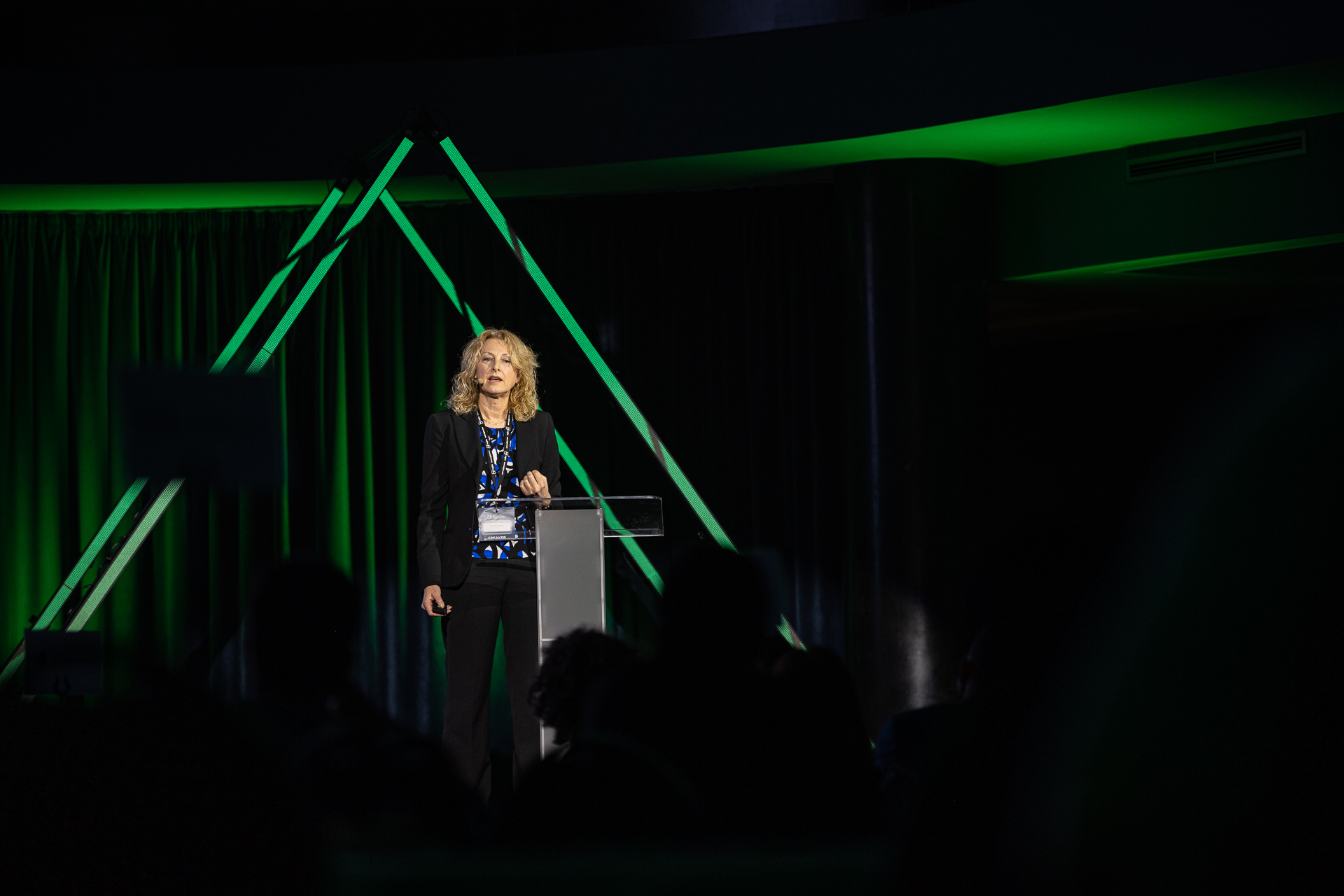Legito PowerUp 2023 Fireside chat - Maximizing Automation’s Impact for Business Results
- Some notable features about CABB’s deployment of Legito made Tawnya’s PowerUp presentation a little different from other Legito case studies.
- Tawnya had a long career in IT with experience in programming and deploying business applications, so she is well acquainted with the requirements of a good deployment.
- However, Tawnya subsequently studied to become an attorney, which is how she came to have a similarly deep knowledge of the issues faced by CABB members.
- CABB is an interesting case study because it’s a member organization, which means the organization cannot force members to adopt tools and systems – they must provide tools which demonstrably add value, efficiencies, and help members.
- The Legito project had to deliver benefits and value.
Members have been very clear: once you start using this, you never want to go back to static forms…It saves so much time.
- To date, most of the Legito deployment delivers access to complex forms and agreements. Before Legito, CABB started with PDF forms and then moved to more elaborate ways to deliver the same content from a website.
- However, CABB struggled to find a system that provided value to members but remained inaccessible to anyone who was not a member. Legito confines the benefits to authorized members, and it also allowed CABB to present the materials in a way that was organized and searchable for members.
- Tawnya’s experience instilled the importance of providing good training and resources for new users. She created a series of YouTube videos explaining how the tools worked.
- Tawnya believes the YouTube videos were a great resource for any members who were either technology-challenged or adverse to the risks of change.
- When CABB researched the market, they selected Legito partly because it provides users contextualized guidance.
- Previously, CABB published guidance notes in PDFs, but some members didn’t read them or didn’t recall them when creating documents.
- Legito allowed that guidance to be presented to users in real-time and tailored to each question.
- As Tawnya looks to the future, she observed that Legito has made it possible to capture and retain institutional knowledge which can be passed to future committee and Board members.
- The steady flow of new features (for example, the clause library facility introduced in the last year) provided reassurance that Legito was the tool they could deploy for the long term.
- The positive members’ response to the automated forms has prompted the CABB Board to request widening the scope of Legito to optimize other tasks for the Association.
Increase Efficiency Now

Tomas Fiala
Director
Since 2018, we've been working with Legito technology in our Centre of Excellence, which provides document lifecycle management and document automation services across the PwC global network. Establishing a partnership with Legito is proof of the success we made with Legito internally.Explore More Success Stories
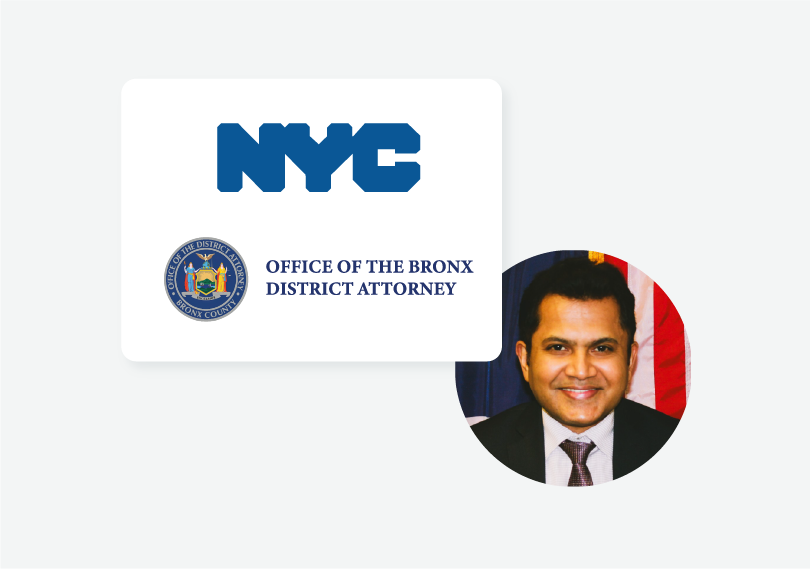
Sony Varughese
Chief Technology Officer
Weekly meetings with Legito's Professional Services Team made the implementation and change management process collaborative and efficient - overall, an outstanding vendor partnership!
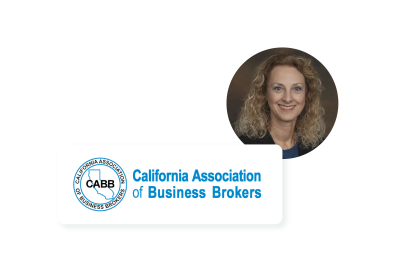
Tawnya Gilreath
M&A Advisor, Director of Forms
Legito gives us the ability to take away things that create issues. It saves so much time, it is really awesome.Explore More Success Stories

Galya Oster
Emerging Market Trade Finance Specialists
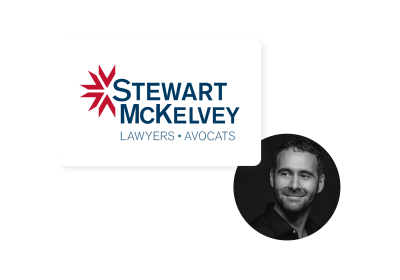
Paul V. Saunders
Chief Innovation Officer and Partner
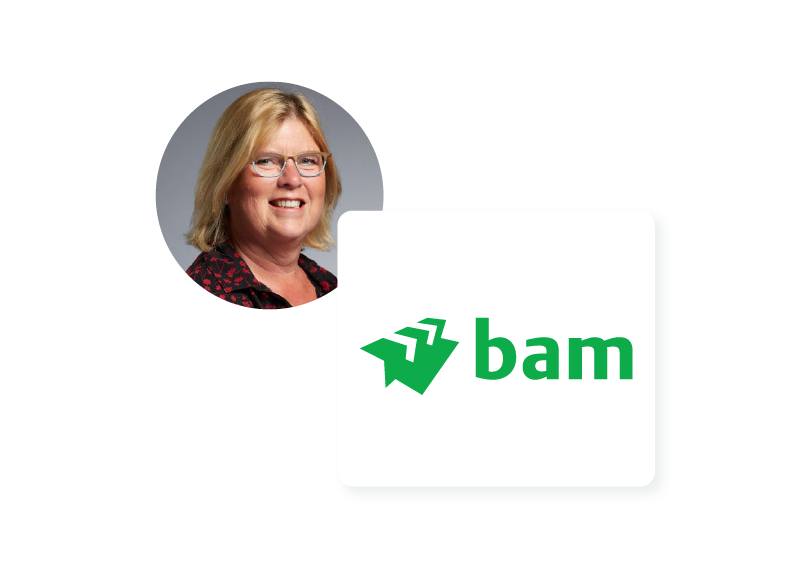
Nel Pelle
Sales Manager
Using Legito, we reduced our checking tasks from 20-50 minutes down to 5 minutes per single contract.Explore More Success Stories
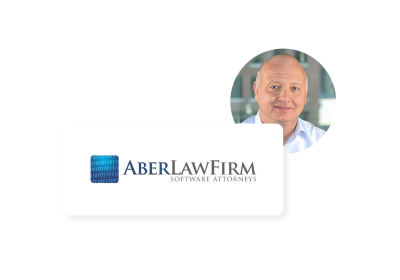
Jeremy Aber
Software Attorney



